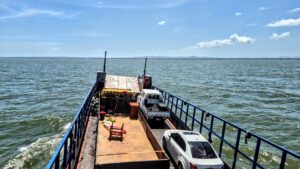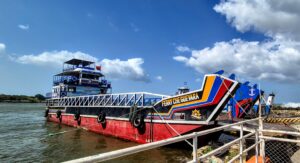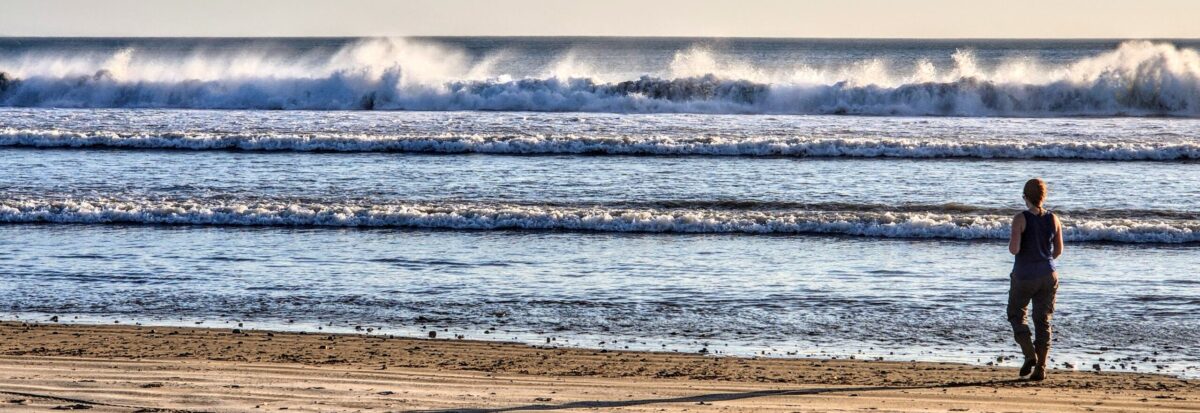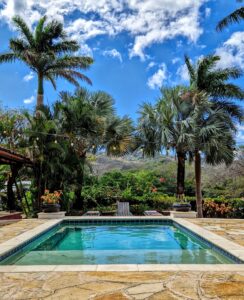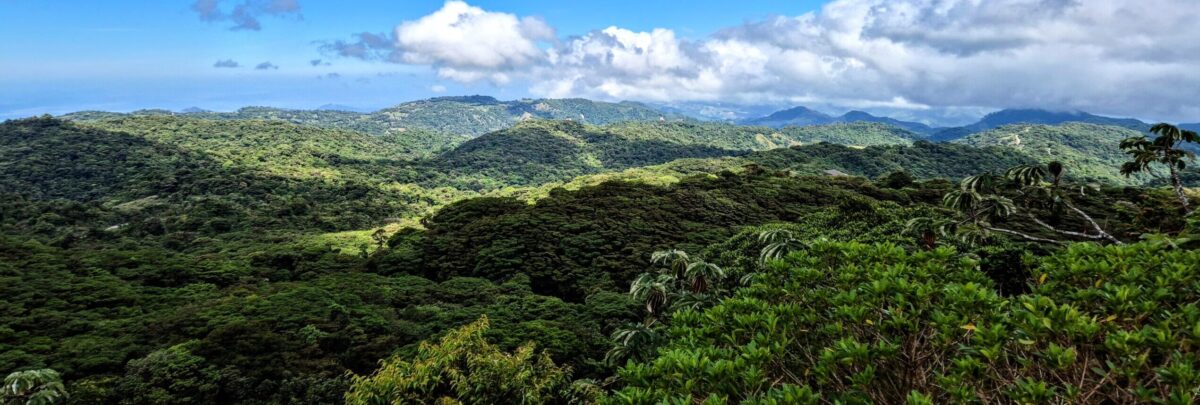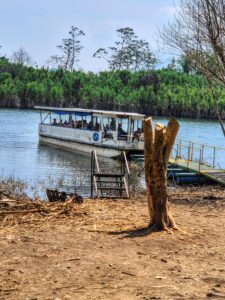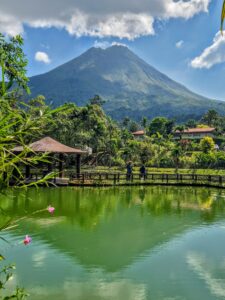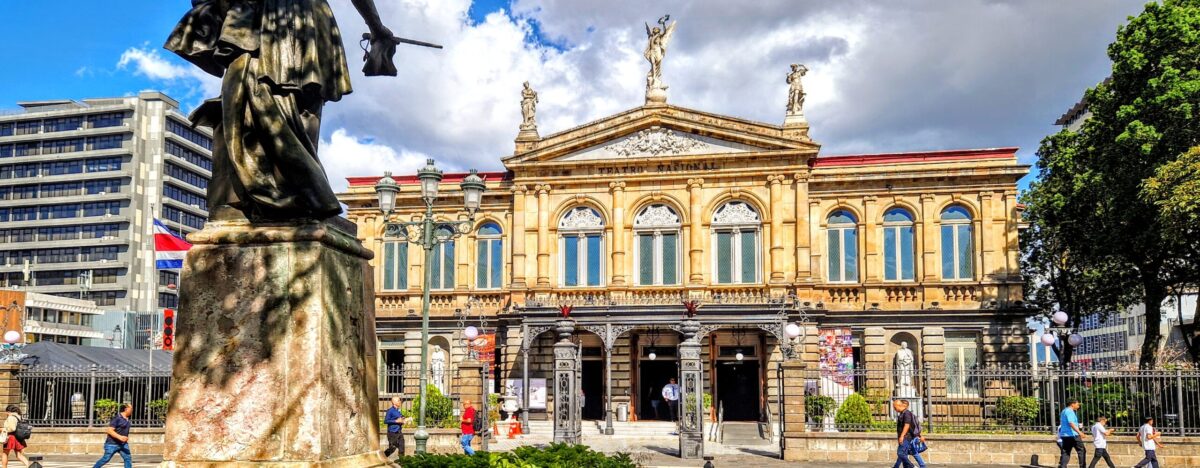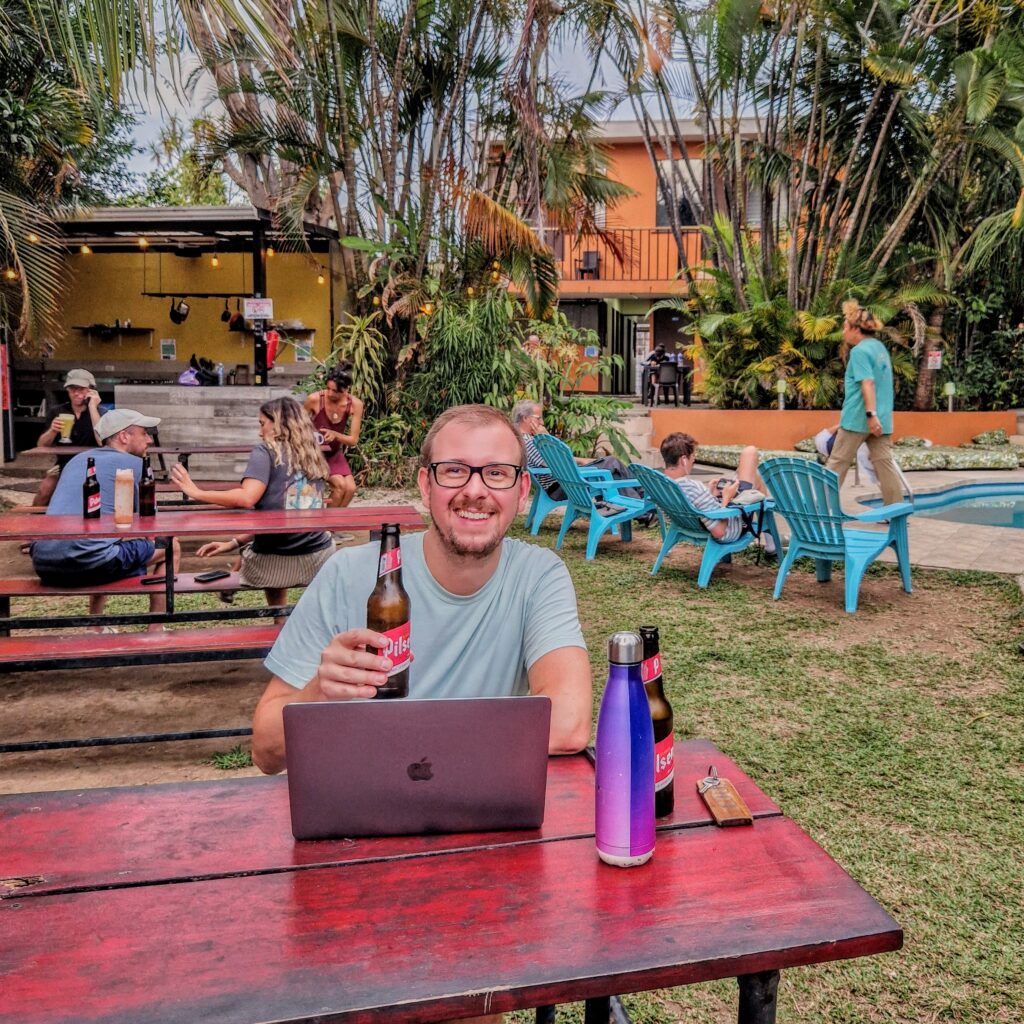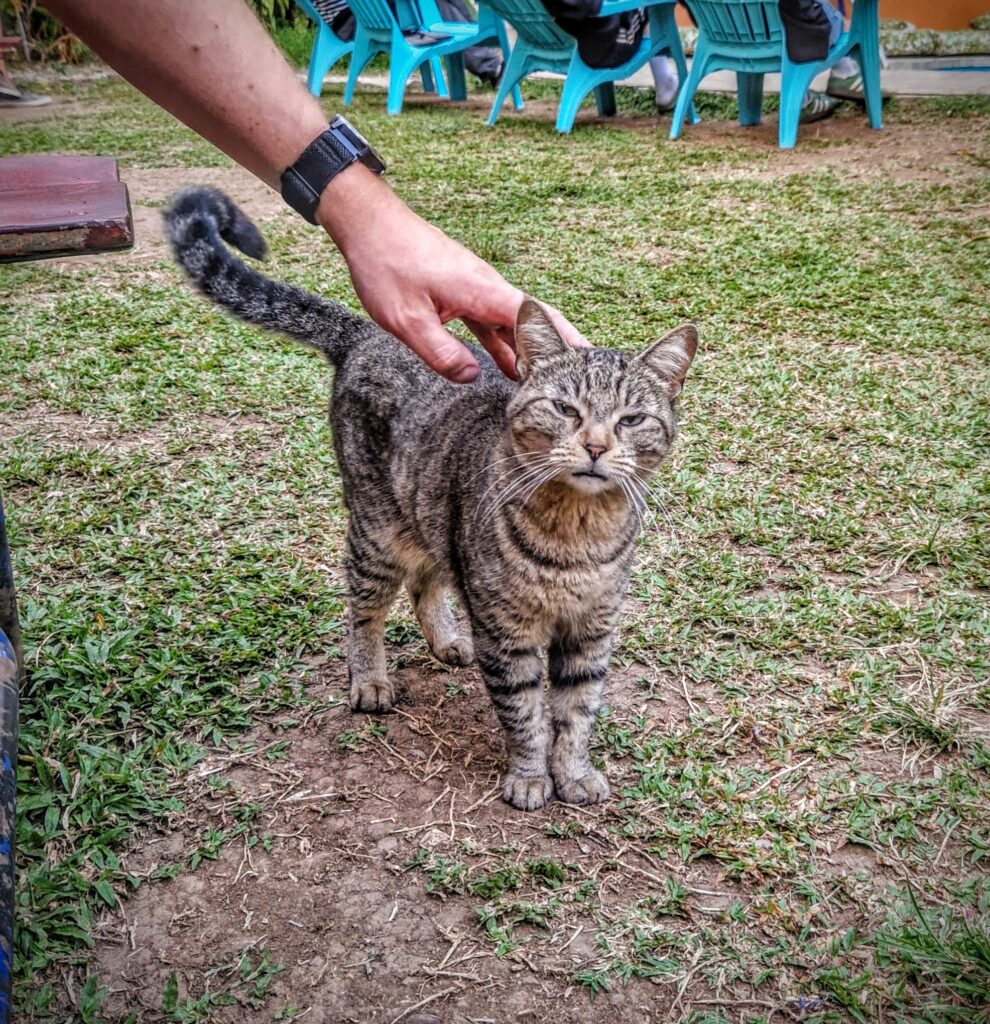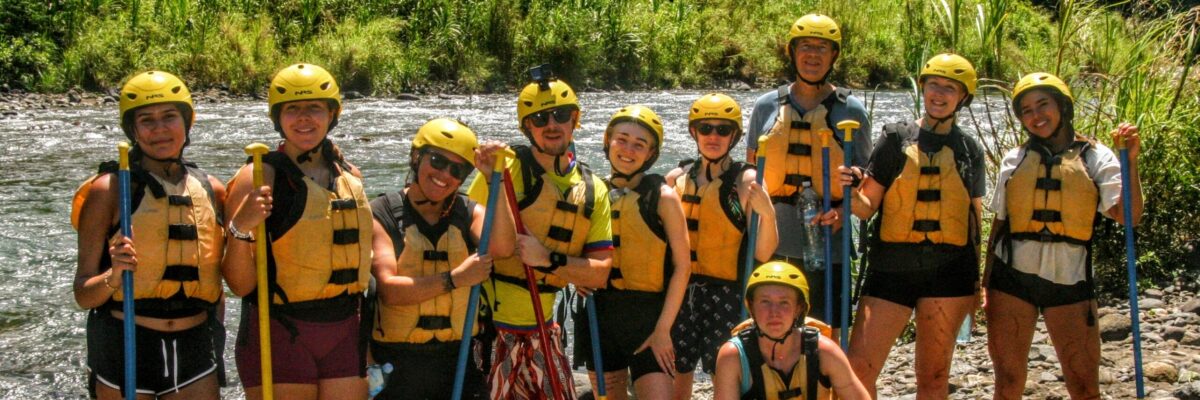After a few days of fun on Ometepe island we were keen to get to Granada, famed for it’s old Colonial centre. We’d booked three nights in one of the largest and most well established hostels, and were looking forward to the facilities of a city after being in small towns or villages for a few weeks. First however, we had to get there.
I’d organised for the taxi driver who dropped us at our accommodation on Ometepe to pick us up and ferry us back to the port and, although this was not a cheap way to travel, the public buses from a remote village on a Nicaraguan island aren’t great. After the taxi it was a short wait at the port and then we were on the boat where we met a nice German couple who’d been travelling for three years! Their travel stories and recommendations made light work of the boat ride and soon we were at the port. We needed to get from the port of San Jorge to the roundabout in Rivas where we’d be able to catch a bus going North and, avoiding the taxis, we spotted a bus which I don’t think was actually in service but was going in the right direction. Unfortunately the fare we paid wasn’t much less than the taxi, but they did helpfully point out where to go once we reached the roundabout!
Continue reading “Architecture and Art in Granada”

